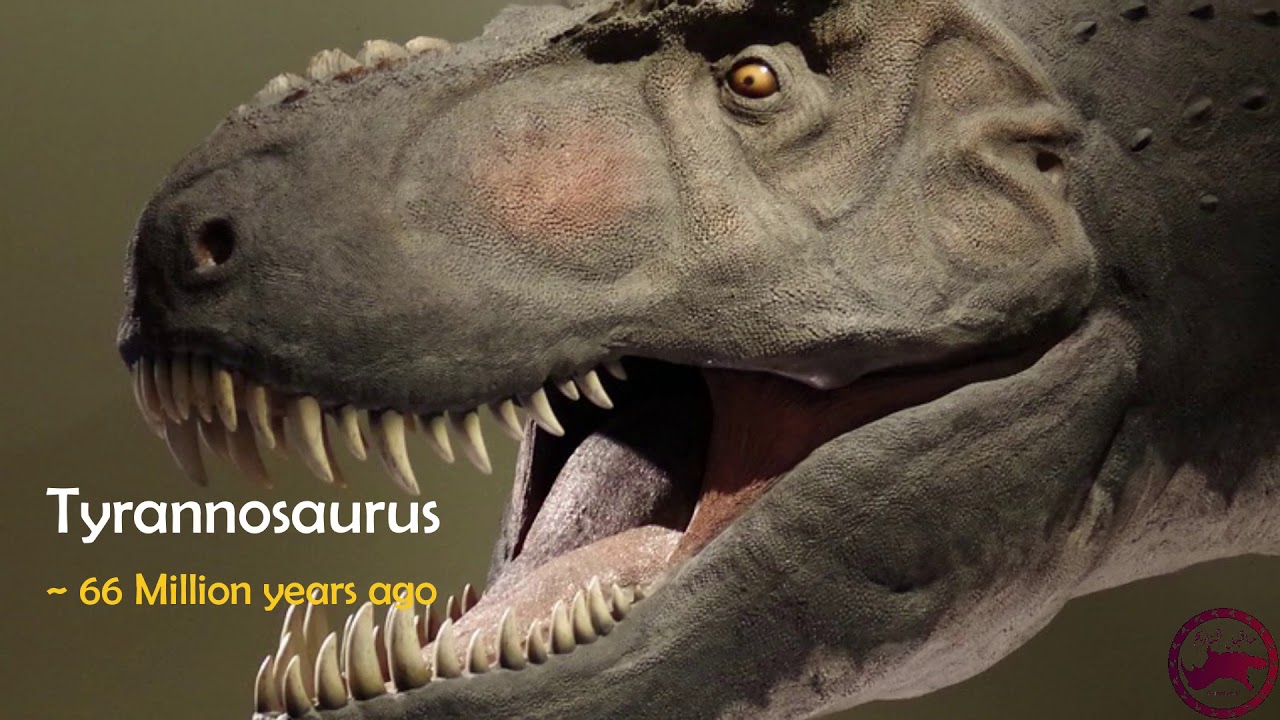
1. Introduction
Dinosaurs displayed a variety of fascinating features, and one particularly interesting characteristic was the number of teeth some possessed. One of the most unique examples is Nigersaurus, a plant-eating dinosaur with 500 teeth.
2. The Dinosaur with 500 Teeth
Nigersaurus is the dinosaur known for its remarkable 500 teeth. It lived around 110 million years ago during the Cretaceous period, primarily in what is now the Sahara Desert. Unlike large herbivores like sauropods, Nigersaurus was smaller, measuring about 30 feet long and weighing around 4 tons.
3. Diet and Feeding Habits
Nigersaurus was a herbivore, feeding on low-lying plants such as ferns and cycads. Its 500 teeth were designed for grazing and stripping vegetation, much like modern herbivores. These teeth were constantly replaced throughout its life, ensuring it could effectively feed on tough plant material.
4. Adaptations of the Teeth
The teeth of Nigersaurus were thin, straight, and arranged in a dental battery—multiple teeth working together. This arrangement allowed the dinosaur to efficiently grind and process large amounts of plant material. The teeth were continuously replaced as they wore down, providing a steady supply for its diet.
5. Importance of 500 Teeth
The large number of teeth allowed Nigersaurus to be an efficient feeder. With 500 teeth, the dinosaur could crop vegetation without much effort, helping it survive in a vegetation-rich environment. The continuous regrowth of teeth ensured that Nigersaurus could always maintain its feeding capabilities.
6. Frequently Asked Questions (FAQs)
1. What other dinosaurs had many teeth?
Dinosaurs like Iguanodon and Hypsilophodon had many teeth, though not as many as Nigersaurus. These herbivores had specialized teeth for different types of plant consumption.
2. Were dinosaurs with 500 teeth herbivores or carnivores?
Dinosaurs with 500 teeth, like Nigersaurus, were herbivores. Their teeth were adapted to consuming plant material, not meat.
3. How did Nigersaurus use its 500 teeth?
Nigersaurus used its teeth to graze on low-lying vegetation. Its specialized dental structure allowed it to efficiently strip leaves and process plant material.
7. Conclusion
Nigersaurus, with its 500 teeth, is an exceptional example of how dinosaurs adapted to their environments. The large number of teeth allowed for efficient feeding, ensuring its survival as a herbivore during the Cretaceous period.




